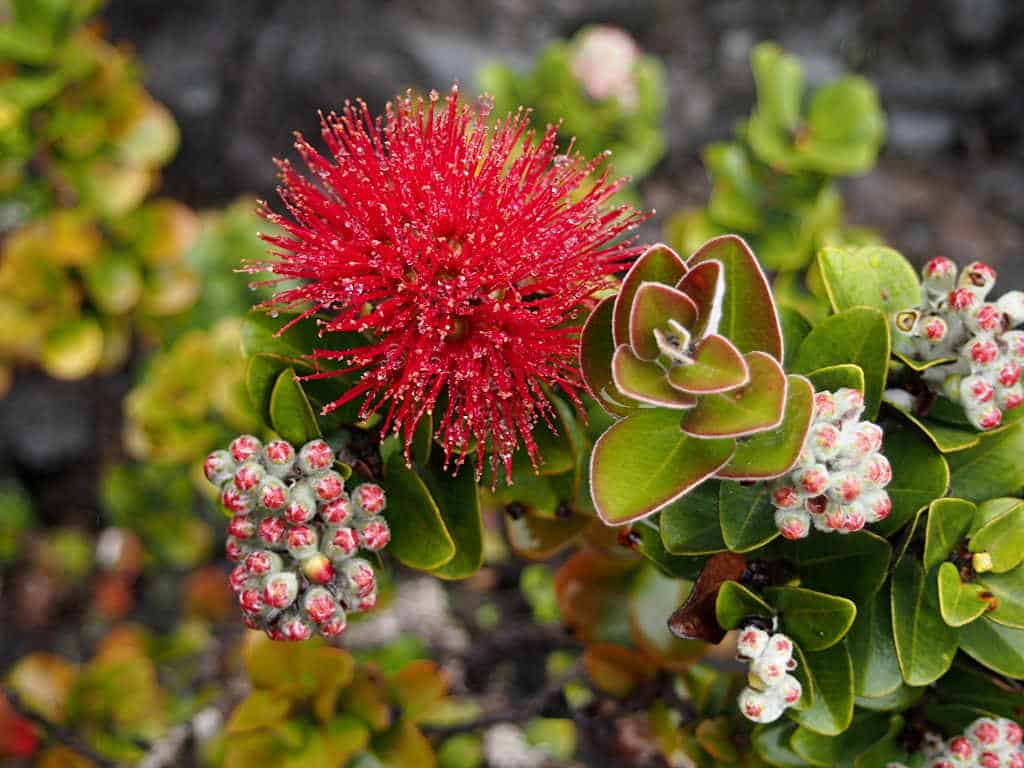
Many plant species are found exclusively in the Hawaiian Islands and nowhere else in the world. It is estimated that there are around 1,200 native flowering plant species in Hawai’i. This includes various types of trees, shrubs, herbs, and ferns.
It’s important to note that this number represents native plant species, excluding non-native or introduced plants that have been brought to the islands by humans.
Hawaiian plants are incredibly unique because of the way they had to evolve and adapt to the specific conditions of the islands. Hawaiian plants are considered unique for several reasons:
Immerse Yourself in our SEA-News featuring Hawaiʻi’s marine life, inspirational conservation, and glimpses behind-the-scenes.